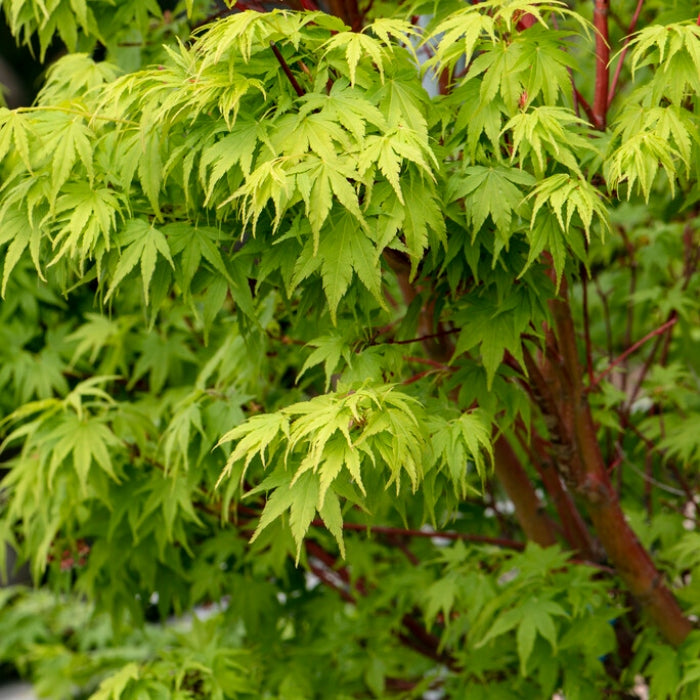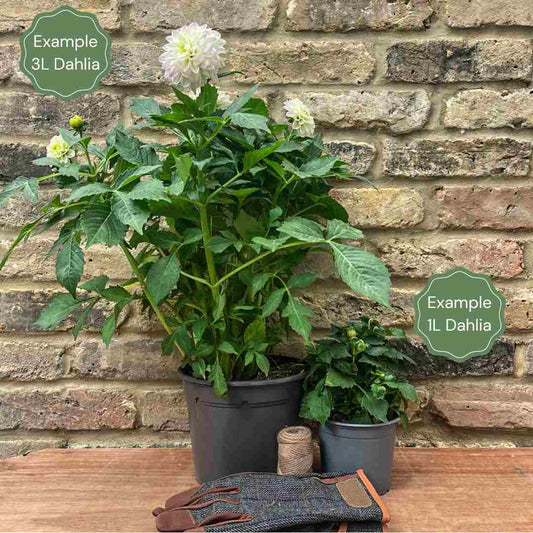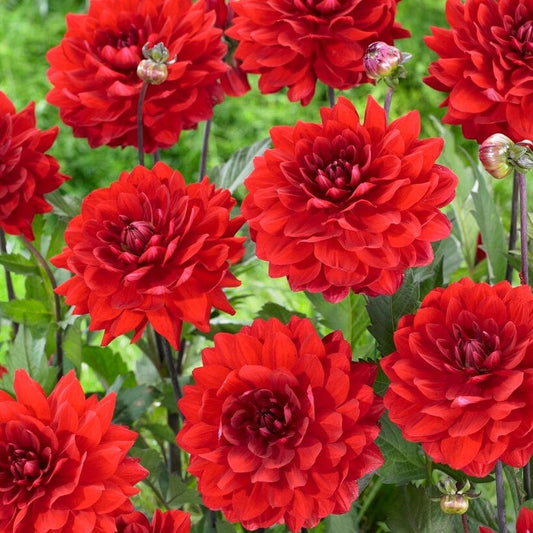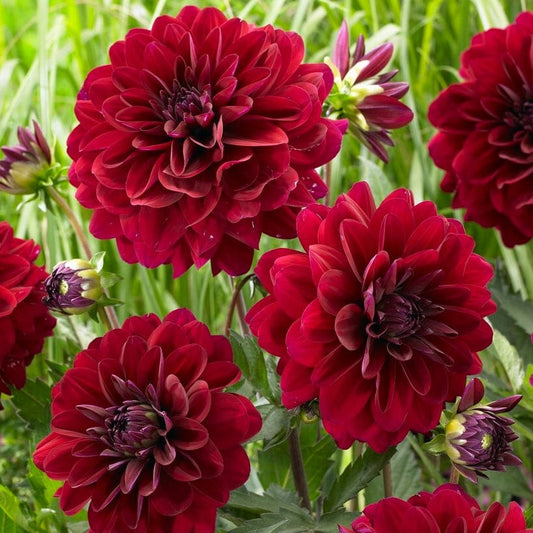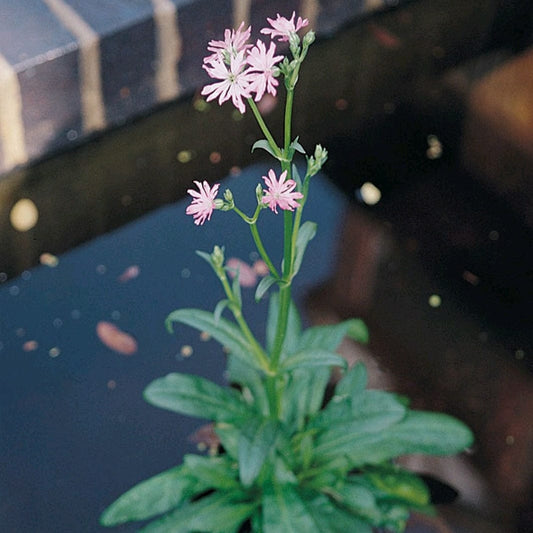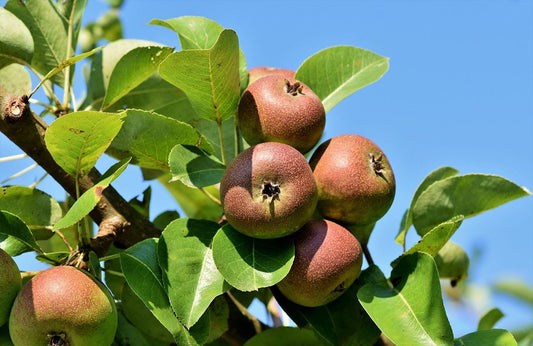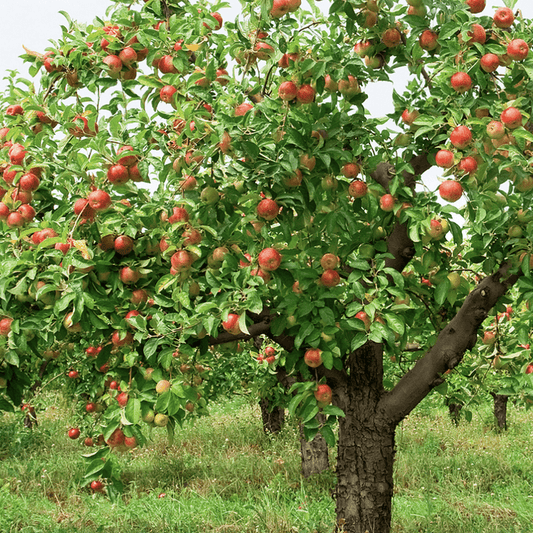Hereford
Meet Jack
Perennials born in Herefordshire, blooming in your garden
Our perennials start life in the rolling Herefordshire hills, where Jack and his team trial over 250 new varieties each year to bring you the best performing and most sustainable plants in the UK. With over forty years of excellence, it’s no surprise that they’ve won the HTA Plant Grower of the Year award two years running.
Need help picking?
Tall Perennials FAQs
What are some examples of tall perennials?
There are a great number of different tall perennial species out there, from the woodland spires of foxgloves to happy-hued hollyhocks. Lovely lupins, dreamy delphiniums and fabulous verbenas are all guests at the tall perennial party, too. You didn’t get invited? Must have been lost in the post…
How high can tall perennials grow?
Plant height varies from species to species, and even from variety to variety. Hollyhocks are known to grow up to a staggering 2.5m, while delphiniums tend to come in at around the 1-1.8m mark. Foxgloves and lupins can also grow to 1m in height (and sometimes even taller).
Where should you plant tall perennials?
There are three main options you can consider when it comes to planting tall perennial plants. The first is to plant them at the back of the border, with medium and shorter plants layered in front, respectively. This enables your tallest plants to act as a backdrop against which other plants in the bed can shine. Alternatively, you can plant a tall perennial in a large pot for the patio, or en masse in a flower bed dedicated to tall perennials, helping to create a ‘sea’ of colour. Remember, certain tall perennials (like delphiniums and hollyhocks) need staking.
How far apart should you plant tall perennials?
Tall perennials tend to direct most of their energies into growing upwards, rather than outwards, so you can get away with planting most taller perennials quite close to one another. While it’s important to check a plant’s specific space requirements, most tall perennials can be planted around one-third of the plant’s individual height away from the next plant.
Do tall perennials need extra support?
For the very tallest perennials, or if you live in a particularly windy location, staking your plants and tying them in can stop stems snapping or a plant collapsing under its own, top-heavy weight.
What conditions do tall perennials like?
Most tall flowering perennial plants prefer moist but well-drained soil with decent levels of fertility. If you know your soil is poor, consider amending it with some well-rotted manure. In terms of light, full sun is best but partial shade is tolerable (though flowering might not be so impressive).
Fighting plastic waste
Delivering fresh from the nursery
Supporting UK growers
